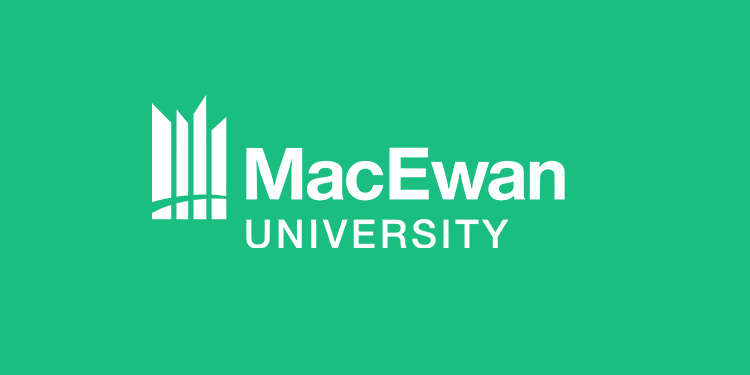
Your CDN only reduces load on static pages

Your whole tech stack can't autoscale

Your transactional database overheats

Your 3rd party extensions congest and fail
47%
of IT directors say downtime negatively impacts productivity
65%
of organizations need over an hour to fix a website
16x
costs are up to 16x higher for companies with frequent outages than for those with infrequent outages

- In peak situations customers will be sent to your branded waiting room with an HTTP 302 redirect
- While in the waiting room visitors are on Queue-it's infrastructure & see clear wait information
- Once it's their turn they're flowed back to your site with another HTTP 302 redirect & have a secure token confirming they've been through the queue
- Give customers peace of mind with transparent wait info like place in line & estimated wait time
- Communicate in real time to set expectations, let customers know what inventory’s left & share updates on sale progress
- Let customers plan their time & be productive while they wait with email notifications when it’s their turn
- Get key metrics in real time like traffic inflow per minute, when the queue kicked in, average wait time, and number of customers waiting
- Share easy-to-understand charts & graphs with real-time data so technical & non-technical stakeholders know exactly what’s going on
- Whitelist IP addresses so your support teams, call centers, or external partners have direct access to your site to support customers & verify website performance
81%
of customers say registrations are less stressful with Queue-it
71%
of customers say they see fewer customer complaints for registrations
38%
average reported savings on server scaling with Queue-it in place
* Based on 203 survey responses from Queue-it customers (2025). See the results.
- Course enrollment
- Housing registrations
- Recreational activities
- Parking registrations

“A better student experience”: How MacEwan University handles course enrollment
Read more

Discover how the virtual waiting room works
Read more

How LSE delivered “a much smoother experience” during online course selection
Read more

Blog
Virtual waiting room buyer’s guide: How to choose your online queue system
Read more





